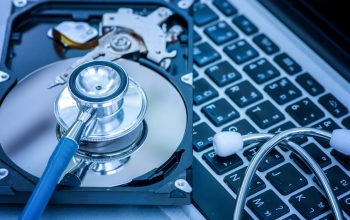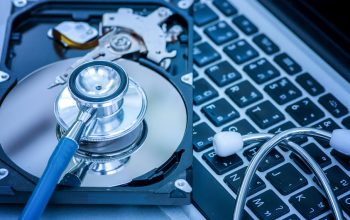A few months ago we were fortunate to work with Spiceworks to share knowledge and discuss some SSD related issues. Spiceworks is a great platform to share educational content, product reviews, and questions related to your IT career. If you ever have a question about data recovery or data management, one of the top tech specialists is at your service on the Spiceworks forum.
Here’s a summary of what we discussed at our first Spiceworks meeting:
– SSD controller recovery vs. chip-off recovery and which technique works under certain circumstances.
– The challenges of 3D NAND data recovery and why it can be easier than recovering from 2D TLC NAND chip.
– The downside of data recovery science: Also make sure you erase the data from your SSD.
In the event of an SSD failure, is it advisable to cool the drive down before rebuilding (ie should I ship it in dry ice or something)?
It is not necessary to ship the drive refrigerated. In sporadic cases, temperature can sometimes affect the NAND, so freezing a drive can occasionally eliminate bit errors. When these errors reside in the drive’s firmware memory, it can cause a previously failed drive to become temporarily functional again.

Do you find that data recovery is becoming cheaper or more expensive due to the different firmware versions?
We don’t see any difference in the cost of actual recovery, but there is a time cost. If we are familiar with the variation of the drive or firmware, we will have better support for that drive. In cases where we are seeing new drives for the first time, it may take some time for us to conduct research and development and work with the drive manufacturer to gain insight into the drive and data layout.
Has your data recovery job taken a turn for the better or worse with NVME/Flash versus the old spinning magnetic drives?
We wouldn’t say it’s gotten any worse, but we still have a lot to learn when it comes to SSDs, while our knowledge of magnetic hard drive tools is very mature. We are leaders in R&D spending on SSD support, so here too we are constantly learning and developing new recovery methods.
How can data recovery experts bypass TRIM?
TRIM goes here and zeroes out the bits, so spinning down the drive quickly after an accidental erase is essential. This will stop the process and hopefully most if not all of the data that was deleted will still be present on the hard drive.



